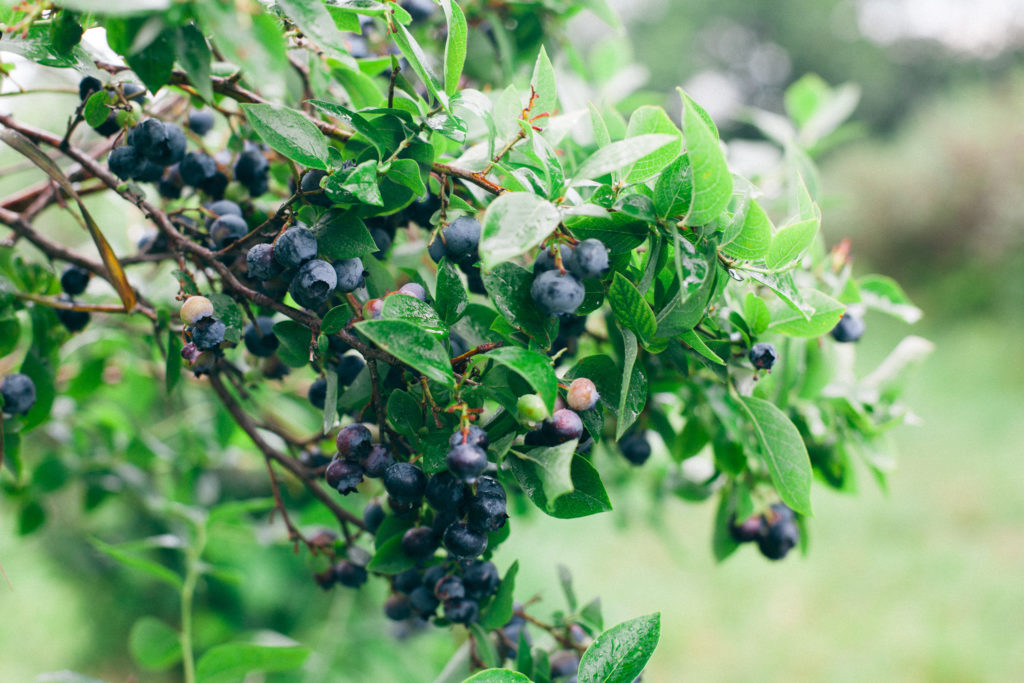The Journal
My Spring Garden Plans
April 1, 2020
For my birthday this year, my husband gifted me some olive green overalls, $50 worth of organic seeds, and a pair of floral printed Toms…and ya’ll…I’ve never felt more seen. Haha! It’s no secret that my husband Matt and I nerd out about all things regarding soil health, farming, integrative health and functional medicine, and organic/nutrient dense food. So I thought I’d share my spring garden plans, the benefits of growing your own food, and give you a few resources to start your own garden.
Benefit #1: The act of gardening itself is healthy for you!
Studies have shown that gardening lowers cortisol levels (that pesky stress hormone) and that direct exposure to soil and plants boosts your immunity. One study even showed that daily gardening can decrease the risk of developing dementia by 36%. And did also you know that the soil has good bacteria that mirrors the anti-depressant effects of Prozac? The bacterium Mycobacterium vaccae is found in the soil and encourages serotonin production, which makes you relaxed and happier. (Told you…we nerd out to this stuff). Not to mention all the added health benefits of exercise and Vitamin D that you get along with playing in the dirt. And that’s all BEFORE you even harvest or eat anything! Crazy!
Benefit #2: Growing your own food can save you some $ on produce in the long run.
I remember when we lived in Columbus, GA, I had ONE heirloom tomato plant that produced over 40 tomatoes over the course of the summer. It was insane. Ya’ll I made tomato sauce, salsa, tomato and cucumber salads and still had to give some away to neighbors and friends. That was on top of all of the spinach, lettuce, onions, and other things we grew. So needless to say: Start a vegetable and herb garden. It’s worth it, I promise!
My Spring Garden Plans
So for those of you that don’t know, I live in upstate NY and it just snowed last week..(what?). So we’ve started some herbs and things indoors and are waiting for our frosty temperatures to warm up juuuust a little more before we transplant/direct seed the rest of our garden. Here’s what we’ve already started and have growing indoors: Figs, strawberries, basil, oregano, lavender (notoriously difficult to start from seed so I’ll let you know how that goes…), marigolds, garlic, and a few varieties of lettuce. We also had an apple tree on our property that wasn’t doing well so I took some cuttings a little while ago and I am now rooting them in water so we can plant those as well. We’ll also be doing spinach, tomatoes, cucumbers, bell peppers, jalapeños, and some wildflowers for the bees! It might sound like a lot but we’ll only be doing one or two plants of each thing. We rent our home so we can’t go too crazy but just you wait until we get our own little plot of land….I’ll be growing #allthethings.
One question I always get asked is “what should I grow?” and I always tell people the same thing: grow what you would eat! If you don’t like rainbow chard, you probably shouldn’t plant it. Find a few things you want to try (herbs, tomatoes, and cucumbers are fun) and then go for it!
Resources for getting started
- Seeds. We love Baker Creek’s Rare Heirloom Seeds and Johnny’s Organic Seeds. You can also look at what you have at home (got some garlic sprouting? Plant it!) or ask a friend that loves to garden for some cuttings or transplants.
- Compost. The cool thing about composting is that you can do it from home! You’ll reduce your food waste and help your garden thrive at the same time. We love using this composter to throw our fruit and veggie waste into and there are even some kitchen countertop composter’s like this one that I’m dying to try! If you need some compost right away, try contacting your local farms! More often than not, they are happy to help.
- Pesticide Alternatives. Matt and I believe that pesticides do more harm than good so we refrain from using things like Roundup on our plants. You can use a homemade garlic spray or neem oil garden spray for an organic alternative to pesticides.
- Companion Planting. It’s always good to take a cue from nature and mix up your plant placement. Here’s a great resource about which plants compliment each other and which one’s don’t.
So there you have it! My spring garden plans this year! Ya’ll I’m no horticulturist or farmer (yet 😉 ) and if I can do this, anyone can! So get out there and play in some dirt!

Leave a note